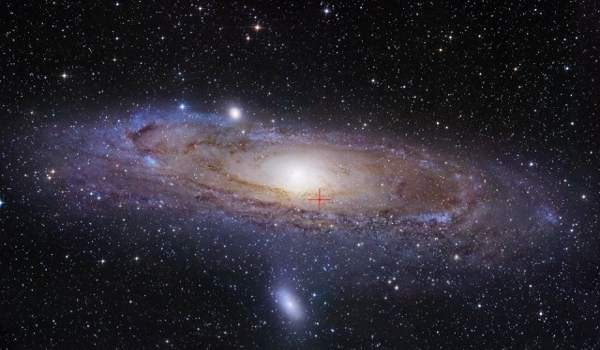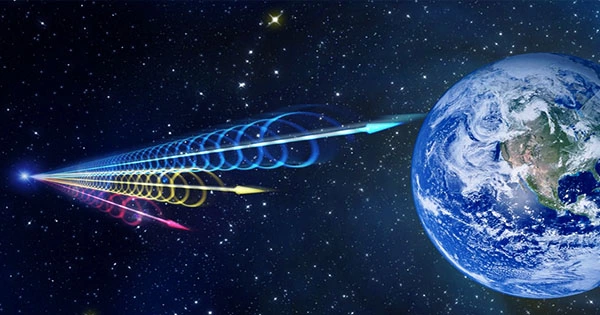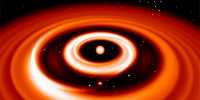Radio astronomers have discovered the nearest repeated fast radio burst (FRB), a mysterious and fleeting emission of radio waves whose origin remains a mystery. Galaxy M81, a spiral galaxy fewer than 12 million light-years away — 40 times closer than the next closest FRB – made the discovery. The majority of FRBs come from galaxies billions of light-years away and only happen once. A few, such as the one from M81, repeat themselves on a regular basis. Some have been traced back to their source, with the generation of FRBs being linked to magnetars, strange neutron stars with enormous magnetic fields.
However, FRB 20200120E observations, which were reported in two publications published in the journals Nature and Nature Astronomy, showed a surprise. It’s not from a place where we’d expect to find a magnetar. It’s from a globular cluster, which is a spherical collection of older stars around M81’s main disk.

“Finding rapid radio bursts from a globular cluster is incredible.” This is a location in space where only old stars can be found. Fast radio bursts have been discovered further out in the universe, in places where stars are much younger. In a statement, co-team leader Dr. Kenzie Nimmo of ASTRON and the University of Amsterdam said, “This had to be something else.”
When a star 10-25 times the mass of our Sun goes supernova, it collapses into an exceedingly compact entity with a diameter of 20 kilometers (12.4 miles) and a mass of 1.4 solar masses. Magnetars are a type of star that is a subclass of these stars. Given the size of their parent star, they should have burnt through their fuel quite rapidly and not be found in a globular cluster of older stars. Because both groupings tend to form at the same time, a magnetar is an unexpected discovery.
It’s possible that the magnetar was created in a less “conventional” manner. Because stars like our Sun are too small to go supernova, they leave behind a white dwarf when they run out of fuel. These stars can collapse under their own weight, go supernova, and become neutron stars if they can grab enough material from their partners. This may have happened in this case. Alternatively, the globular clusters’ highly unique magnetar could have resulted from the merger of two compact stars. Clusters of compact binaries have been seen.
“In the multi-billion-year life of a compact cluster of stars, strange things happen. “We think we’re witnessing a star with an unusual story here,” says Chalmers University and ASTRON co-team leader Franz Kirsten. But it’s not simply their placement that’s startling; the duration of the bursts is as well. These are some of the fastest FRBs yet identified, clocking in at just 60 nanoseconds. This implies that they are from a very small geographical area.
“Within a few tens of nanoseconds, the brightness of the flashes changed. That tells us they’re originating from a tiny space volume, smaller than a soccer pitch and possibly only a few tens of meters across,” Nimmo added.
There’s still a lot we don’t know about FRBs, how they form, and how they function. This work is critical in the search to comprehend these and other events. “These short radio bursts appear to be providing us with fresh and surprising information about how stars live and die.” If that’s the case, they might have something to tell us about stars and their lifetimes all around the cosmos, similar to supernovae,” Kirsten concluded.















